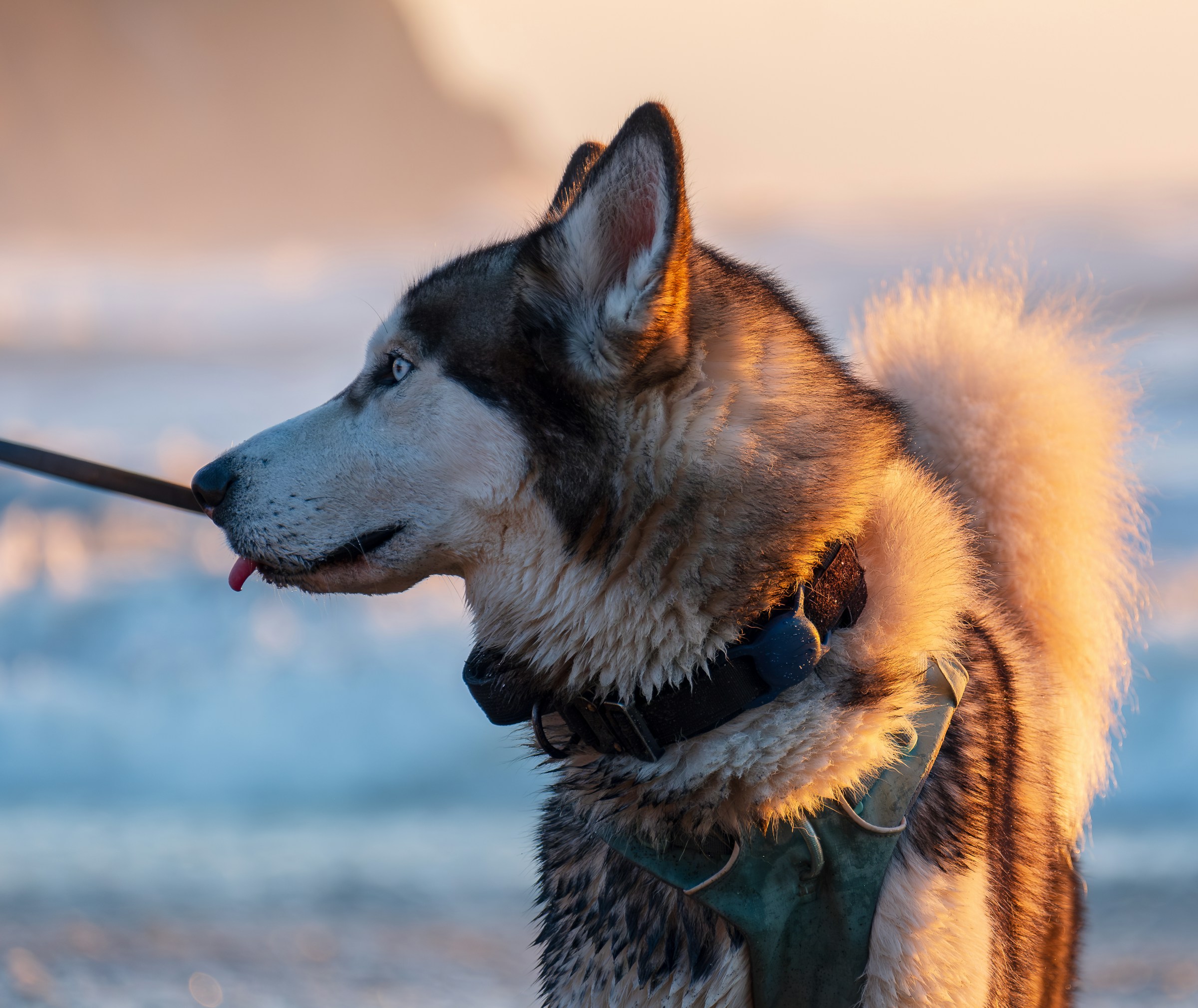Understanding the Cavalier King Charles Spaniel’s Temperament and Traits
The Cavalier King Charles Spaniel is distinguished by a gentle and affectionate temperament, making it a favourite among families. They possess an inherently friendly nature, making them excellent companions who thrive on human interaction. Understanding these distinct breed characteristics is essential for effective training.
Dog temperament in this breed is marked by a combination of sociability and mildness. Cavaliers are eager to please and respond well to positive reinforcement techniques. Their emotional responses are quite pronounced, and they often seek affection from their owners, which can be used as a motivator during training sessions.
Also to read : Ultimate Exercise Guide for Weimaraners: Tailored Routines for Your Energetic Breed
Incorporate their play preferences into training to keep the sessions engaging. Cavaliers enjoy interactive play, which can help reinforce learned commands. Regular, gentle play can also help manage their moderate energy levels.
Socialization is crucial for Cavaliers, as their Cavalier King Charles Spaniel traits include a keen curiosity and desire to form bonds, not just with humans, but with other dogs too. Early socialization can mitigate any potential shyness and promote a well-rounded demeanor.
Also read : Effective Strategies to Ease Separation Anxiety in Your Newly Adopted Pekingese
Energy levels in Cavaliers are moderate, so balancing exercise with relaxation is key. Short, varied training sessions cater to their energetic spurts and ensure they remain enthusiastic and focused.
Setting Up for Success in Fetch Training
Creating a successful fetch training experience begins with crafting an engaging training environment. It is crucial to select a space devoid of distractions to help your dog focus on the task. A quiet backyard or an empty park can serve as excellent locations. Ensure the area is safe, with no hazards that might derail your dog’s concentration or pose danger.
Equipping yourself with the proper supplies enhances the training process significantly. Consider investing in durable, easy-to-throw toys specifically designed for fetch. Options like tennis balls or rubber discs are not only fun but also promote effective fetch play. Tools such as training clickers can be beneficial in reinforcing positive behaviours and your dog’s attention to the game.
In addition to the environment and supplies, establishing a fetch training routine is vital. Consistency helps in reinforcing the behaviour you want. Schedule regular training sessions and stick to these timings to help your dog develop a sense of routine. Start with short, frequent sessions and gradually increase the duration as your dog’s interest and stamina grow. By combining a good environment, the right supplies, and a steady routine, you’ll pave the way for successful fetch training.
Step-by-Step Fetch Training Techniques
Fetch training is critical for both fun and discipline, serving as a bonding activity that enhances your dog’s physical and mental health. Employing effective fetch training techniques makes the learning experience enjoyable and productive for your furry friend.
Introduction to Fetch
Begin by introducing the concept of fetch in a relaxed environment. Allow your dog to explore the toy without pressure, and attach a sense of enjoyment to it. Use positive reinforcement, like treats, to associate the toy with good behaviour.
Basic Commands for Fetch
Before you delve into fetch training proper, ensure the mastery of basic commands. Crucial commands include ‘fetch’ to signal the retrieval and ‘drop it’ to encourage releasing the object. Practise these commands consistently to build the foundation for complex training methods.
Gradual Progression in Fetch Training
Once your dog has accustomed to the commands, gradually increase the challenge. Start with short distances, allowing the dog to succeed easily. As they get used to fetching, extend the distance of throws. This step-by-step guide ensures a systematic progression, keeping the dog engaged without overwhelming it. Command consistency and patience are vital throughout this phased development.
Keeping Your Cavalier King Charles Spaniel Engaged
Ensuring your Cavalier King Charles Spaniel remains engaged involves using specific dog engagement techniques. When training, it’s vital to maintain their curiosity and motivation. For instance, during fetch training, ensure the sessions are lively. Use animated gestures or change the location to spark interest. This helps prevent boredom, making play techniques both thrilling and rewarding for the dog.
Motivation in training can be significantly enhanced through consistent use of rewards and praise. Always have a variety of treats and verbal encouragement ready. This reinforcement strengthens positive behavior, teaching your spaniel that participation and compliance lead to pleasant outcomes.
Varying the training routine is another effective strategy to maintain engagement. Instead of sticking to the same commands and activities, introduce new exercises periodically. You could alternate between simple obedience tasks and more complex activities like agility exercises. This keeps the sessions fun and stimulating for both you and your dog.
In summary, a combination of animated fetch sessions, rewarding positive behaviors, and diverse training routines will keep your Cavalier King Charles Spaniel engaged. These strategies ensure that your pet looks forward to each training session, enjoys learning, and remains motivated throughout their life.
Troubleshooting Common Fetch Training Issues
Training your dog to fetch doesn’t always go as smoothly as anticipated. Understanding fetch training troubleshooting can assist in overcoming some of the common challenges.
Addressing Refusal to Retrieve
A dog’s refusal to retrieve can be frustrating. One effective behavior solution is using high-value treats as motivation. Encouraging and rewarding any step towards retrieving, however minor, can promote progress. Additionally, using toys that your dog finds exciting, perhaps those with squeakers or treats inside, may spur interest.
Solutions for Easily Distracted Dogs
Distractions can derail even the most promising training sessions. Training in a controlled environment free from common distractions is key. Gradually introduce distractions to help your dog learn to focus. Some dogs respond well to visual cues or specific commands that bring their attention back to the task at hand.
Managing Frustration or Disinterest
If your dog shows frustration or disinterest during sessions, it is essential to keep the training short and enjoyable. Ending each session on a positive note, once the dog successfully completes a task, will keep the motivation high. A varied routine can also prevent boredom—alternate between fetch activities and other engaging exercises.
By understanding these common challenges and implementing appropriate solutions, you can transform your fetch training into a rewarding experience for both you and your dog.
Utilizing Visual Aids and Real-Life Examples
Incorporating visual learning aids can significantly enhance the training experience for both you and your Cavalier King Charles Spaniel. By integrating fetch training videos, you can visualise step-by-step training processes, making complex techniques simpler to understand.
Video Demonstrations
Video demonstrations act as a bridge between theory and practice. These demonstrations showcase precise techniques in real time, assisting you in mastering commands and behaviours effectively. When you watch, try to identify specific gestures or tones used by the trainer, as these can be critical in replicating success with your pup.
Documented Training Progress
Another valuable tool is documenting your training journey. Keeping a record of your Cavalier’s progress helps in identifying patterns, what works, and which areas need improvement. This real-life example of training progression can act as a motivational blueprint for new challenges while offering reassurance about the effectiveness of your approach.
Tips from Experienced Trainers
Gleaning insights from experienced Cavalier King Charles Spaniel trainers can fast-track your progress. Such trainers often share valuable nuggets of advice through training examples and narrated case studies. From subtle corrections to innovative reward systems, these insights are invaluable. Engage with these resources to incorporate best practices into your routine.
Essential Glossary of Fetch Training Terms
Understanding training terminology is crucial for effective communication during dog training sessions. In fetch training, there are several key terms you should become familiar with:
- Cue: A signal or command given to the dog to perform a specific action, such as ‘fetch’.
- Reinforcement: Any feedback or reward that encourages the repetition of a behaviour. Positive reinforcement is often used to encourage desired actions.
- Shaping: A training method that involves reinforcing successive approximations of the desired behaviour.
Knowing these terms will significantly enhance your training experience. Firstly, recognising cues is critical during sessions. Each cue is designed to prompt your dog to perform an action at the right moment. Meanwhile, reinforcement, whether using treats, toys, or praise, strengthens the behaviours you wish to see more frequently.
Familiarity with the dog training glossary ensures clear communication and avoids misunderstandings with training partners or guides. You may wish to expand your knowledge by accessing resources such as dog training books or reputable online courses. These can provide deeper insights into fetch terms and various strategies that could improve your dog’s response and enthusiasm during training sessions. Armed with this knowledge, you’ll find it easier to help your dog excel in their activities and enjoy learning new skills.











